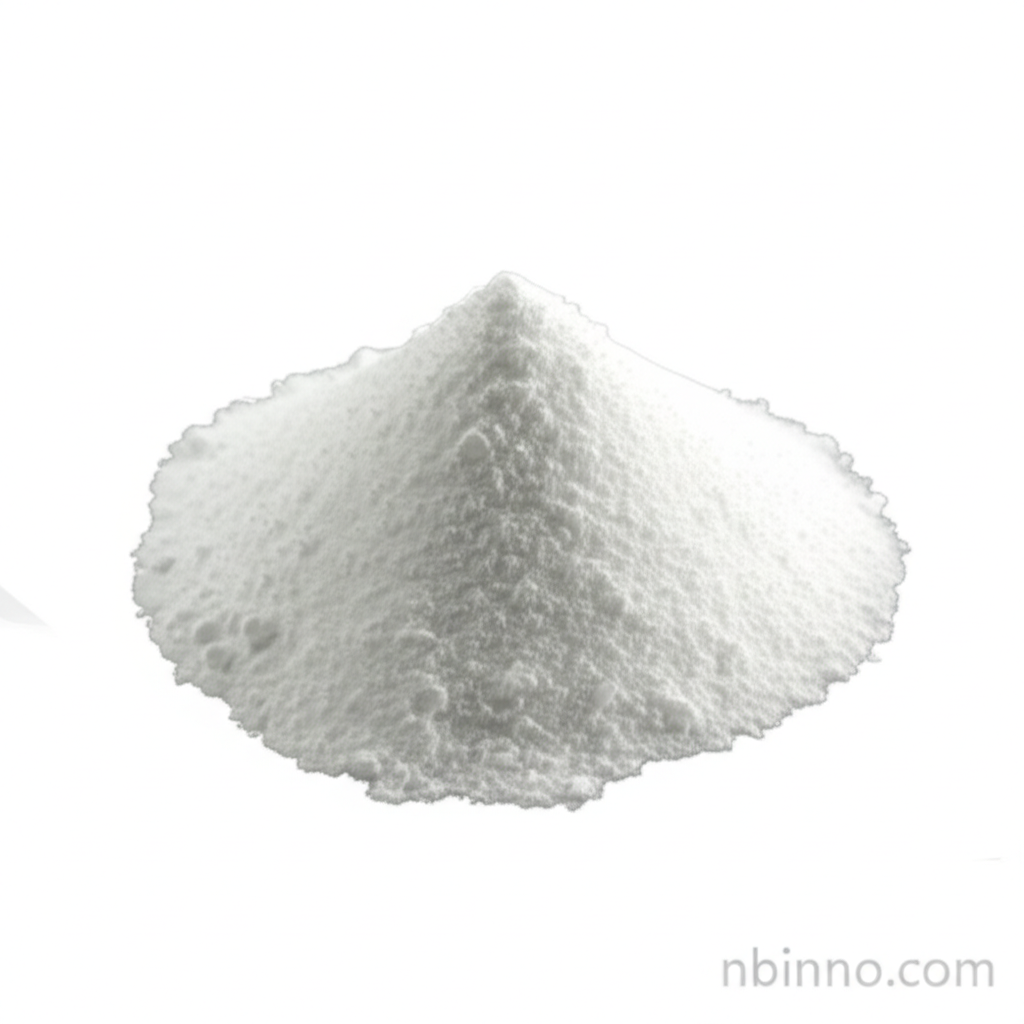4-Fluoro-2-methylbenzonitrile: A Versatile Building Block for APIs and TADF Emitters
Unlock advanced applications in pharmaceuticals and OLED technology with this high-purity chemical intermediate.
Get a Quote & SampleProduct Core Value

4-Fluoro-2-methylbenzonitrile
This compound serves as a crucial intermediate in organic synthesis, particularly for the preparation of Active Pharmaceutical Ingredients (APIs) and the development of Thermally Activated Delayed Fluorescence (TADF) emitters used in cutting-edge OLED technology. Its unique structure allows for the synthesis of molecules with enhanced properties, contributing significantly to advancements in both the pharmaceutical and electronics industries.
- The synthesis of trelagliptin succinate, a key component in treating type II diabetes, relies on 4-fluoro-2-methylbenzonitrile as a vital intermediate.
- This compound is integral to creating advanced TADF emitters, which demonstrably improve OLED device efficiency, leading to brighter and more energy-efficient displays.
- Research into novel OLED materials frequently utilizes 4-fluoro-2-methylbenzonitrile for its versatile reactivity and ability to impart desirable optoelectronic properties.
- Its high purity (>97%) ensures reliable and reproducible results in complex chemical synthesis, making it a preferred choice for researchers and manufacturers alike.
Key Advantages
Versatile Synthesis Capabilities
Leverage the reactivity of 4-fluoro-2-methylbenzonitrile for diverse chemical synthesis, enabling the creation of complex molecules for pharmaceutical and materials science applications.
Enhanced Material Performance
When used in TADF emitter synthesis, this building block contributes to emitters with exceptional current efficiency and external quantum efficiency, pushing the boundaries of OLED technology.
Pharmaceutical Development Support
As a key intermediate for APIs, it plays a crucial role in the efficient and scalable production of life-saving medications, supporting the pharmaceutical development pipeline.
Key Applications
Pharmaceutical Synthesis
An essential intermediate for the production of various Active Pharmaceutical Ingredients (APIs), contributing to the development of new therapeutics.
OLED Technology
Crucial for synthesizing TADF emitters, enhancing the performance and efficiency of Organic Light-Emitting Diodes (OLEDs).
Materials Science Research
Utilized in the research and development of novel organic materials with tailored optoelectronic properties.
Fine Chemical Manufacturing
Serves as a valuable building block in the broader fine chemical industry for creating specialized compounds.
